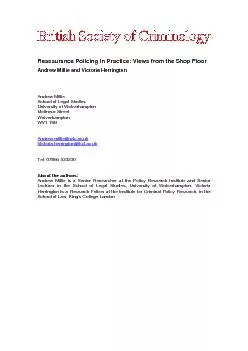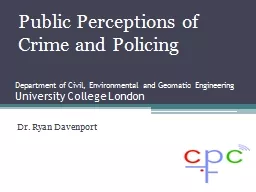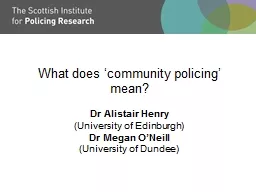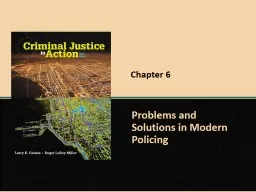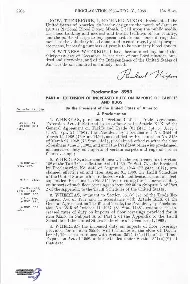PDF-Reassurance Policing in Practice: Views from the Shop Floor Andrew Mil
Author : tatiana-dople | Published Date : 2015-10-05
Andrewmilliewlvacuk Victoriaherringtonkclacuk Tel 07866 533230 About the authors Andrew Millie is a Senior Researcher at the Policy Research Institute and Senior
Presentation Embed Code
Download Presentation
Download Presentation The PPT/PDF document "Reassurance Policing in Practice: Views ..." is the property of its rightful owner. Permission is granted to download and print the materials on this website for personal, non-commercial use only, and to display it on your personal computer provided you do not modify the materials and that you retain all copyright notices contained in the materials. By downloading content from our website, you accept the terms of this agreement.
Reassurance Policing in Practice: Views from the Shop Floor Andrew Mil: Transcript
Download Rules Of Document
"Reassurance Policing in Practice: Views from the Shop Floor Andrew Mil"The content belongs to its owner. You may download and print it for personal use, without modification, and keep all copyright notices. By downloading, you agree to these terms.
Related Documents

